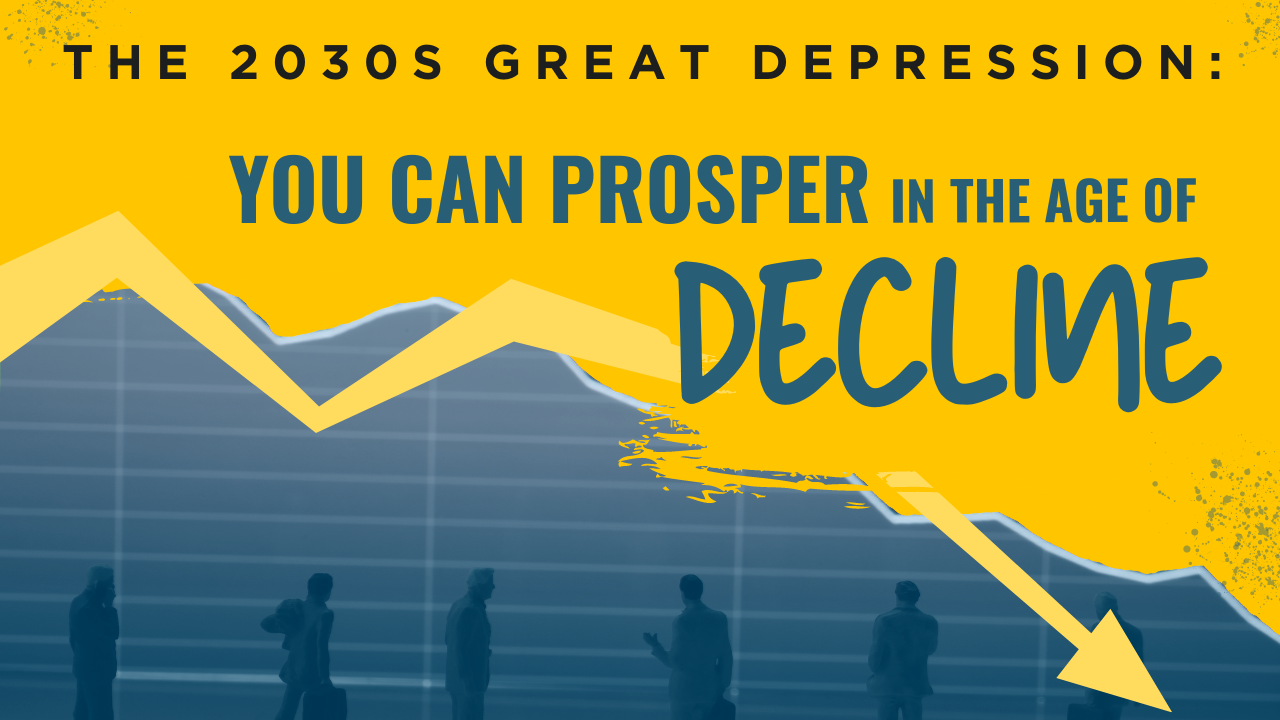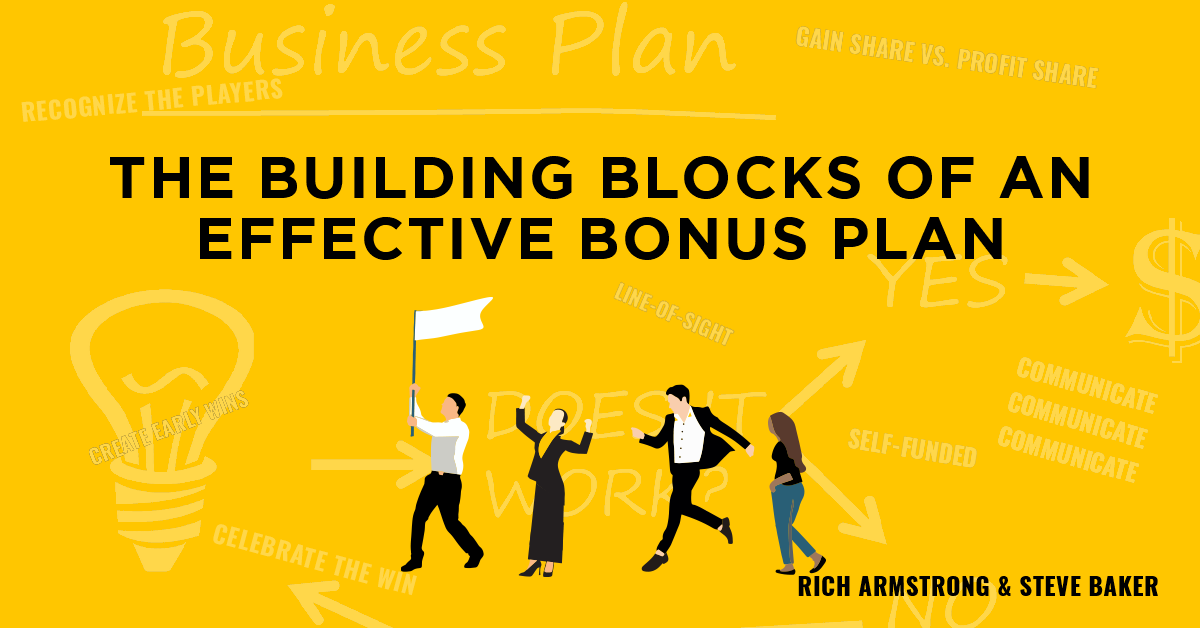
As a practitioner of open-book management at an employee engagement software company, I have a unique front-row seat to The Great Game of Business®. I’ve seen the impact it has on our own employees’ engagement, as well as many of our customers’.
As our friends at Great Game™ often share, organizations who subscribe to the open-book methodology have employee engagement levels that are three times higher than the national average. By tying the work employees are doing daily to the outcomes and success of the company, these leaders are giving employees more reasons to invest their full hearts and minds in their work.
Our customer SRC Lexington (a division of SRC) is a prime example of an organization that is living the open-book and employee-owned philosophy, while also investing in employee engagement transformation. We recently sat down with the Lexington factory’s General Manager, Rob Shear, who was introduced to my team at the Gathering of Games a few years ago.
Taking Feedback a Level Deeper
Employee feedback has always been important to SRC, as the company has been sending a semi-annual employee satisfaction survey for more than 30 years. But as a data-driven leader, Rob wanted to take feedback to the next level, with a solution that would give him more actionable insights into his teams’ engagement.
“The comments on the satisfaction survey can be pretty wide-ranging, so I wanted to find a tool to help me dig a bit deeper into the data. We’re all about metrics and sharing those with employees, and working with Emplify has allowed us to do that,” he said.
That’s why when Rob heard Emplify co-founder, Adam Weber, speak at The Great Game of Business Conference, our message of data-driven culture really resonated. SRC Lexington has now been working with Emplify for the last 18 months to scientifically measure and incrementally improve employee engagement.
“Think about it… marketing pays for market research to make products better for customers, so why wouldn’t we invest in data to improve the work experience and performance of our employees?” Rob added.
Uncovering Truth in the Data
SRC Lexington is now able to uncover trends and get visibility into their workforce that they just didn’t have before. While the data helped confirm some of their gut feelings around engagement, they had a few surprises in their results as well. For example, Rob had assumed initial engagement scores would be higher for employees working in the office and lower for those in the manufacturing shop. But when they got the results back from their first survey, they found the opposite to be true.
The team is using engagement data to better understand the dynamics at play in their workforce, and digging deeper into issues and opportunities with qualitative feedback. As they make larger strategic decisions for the organization, they’re also able to implement smaller changes for more immediate impact—like changing a policy that will now allow employees to wear OSHA-approved headphones on the production floor. Quick wins like this show employees leaders are listening, and by measuring engagement each quarter, they can see the immediate impact those changes are having.
Rob and his team understand the value of being transparent with employees and communicating “the why” behind changes and initiatives. It brings the employee engagement work they’re doing full-circle.
“We believe if we provide people with a stake in the company, they’ll do their best work. Just like we share open-book financials with employees, we also share engagement results and teach our people how to tie what they do to the goals and performance of the company. As an employee-owned company, engagement is essential to our mission,” said Rob.
Start building a highly-engaged culture with the help of a certified business coach.
Other Articles You Might Like:
- Five Reasons You Need to Attend the Gathering of Games
-
One Sentence Employee Engagement: 20 Words To Gain Emotional Commitment
.png)












.png)

